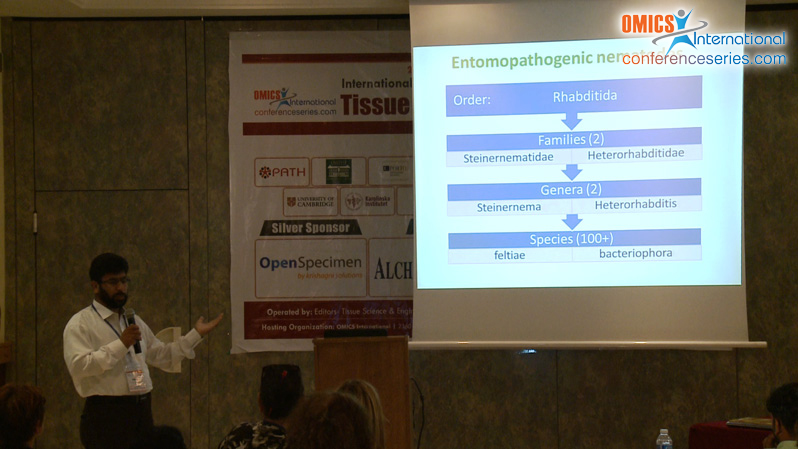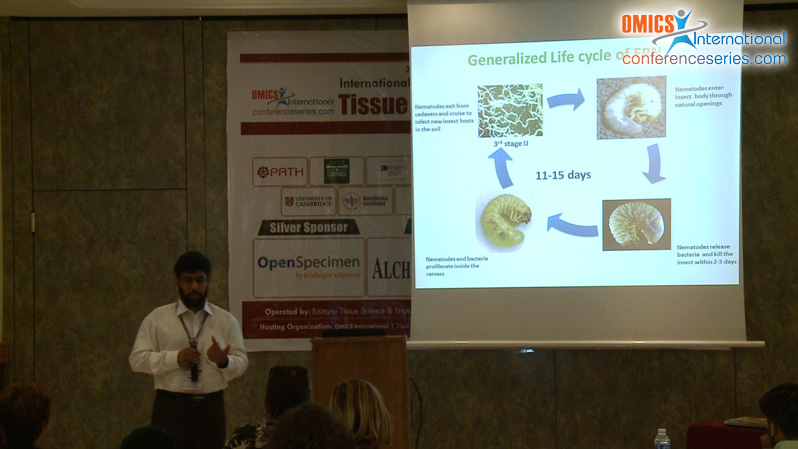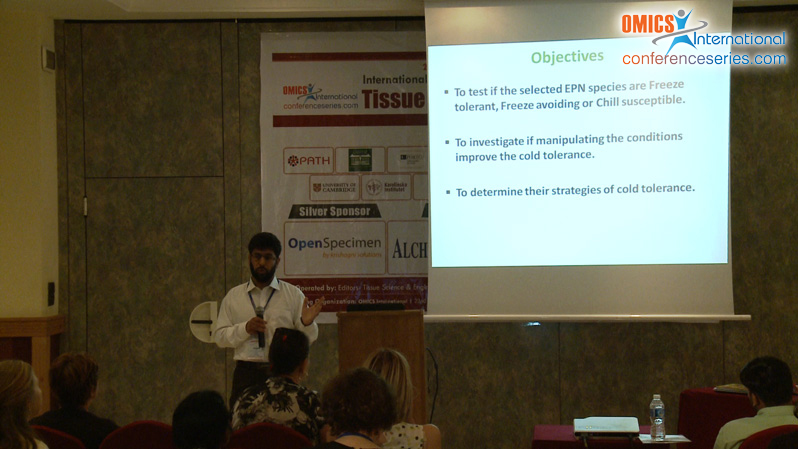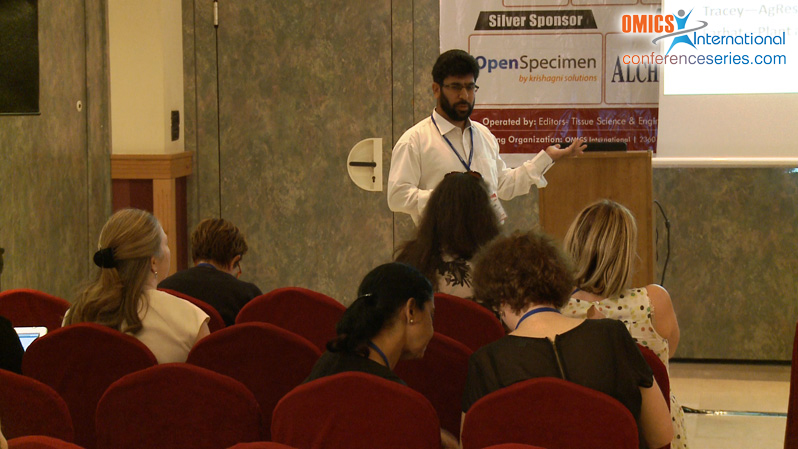
Farman Ali
Abdul Wali Khan University Mardan, Pakistan
Title: Freeze them but not to death: intracellular freezing of an insect-parasitic nematode, Steinernema feltiae.
Biography
Biography: Farman Ali
Abstract
Entomopathogenic nematodes in the families Steinernematidae and Heterorhabditidae are effective biological control agents. Their limited shelf-life is, however, the major impediment in their large scale commercial application. Taking advantage of their optical transparency, we clearly observed the third stage infective juveniles (IJs) of Steinernema feltiae freezing under a cryo-stage microscope. The IJs froze when the water surrounding them froze at -2 °C and below. However, they avoid inoculative freezing at -1 °C, suggesting cryoprotective dehydration. Freezing was evident as a sudden darkening and cessation of IJs’ movement. Freeze substitution and transmission electron microscopy confirmed that the IJs of S. feltiae freeze intracellularly. Ice crystals were found in every compartment of the body. IJs frozen at high sub-zero temperatures (-1 and -3 °C) survived and had small ice crystals. Those frozen at -10 °C had large ice crystals and did not survive. However, the pattern of ice formation was not well-controlled and individual nematodes frozen at -3 °C had both small and large ice crystals. IJs frozen by plunging directly into liquid nitrogen had small ice crystals, but did not survive. This study thus presents the evidence that S. feltiae is only the second freeze tolerant animal, after the Antarctic nematode Panagrolaimus davidi, shown to withstand extensive intracellular freezing.




